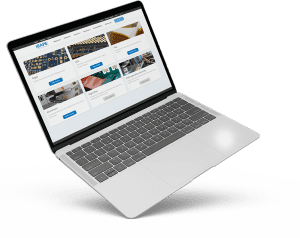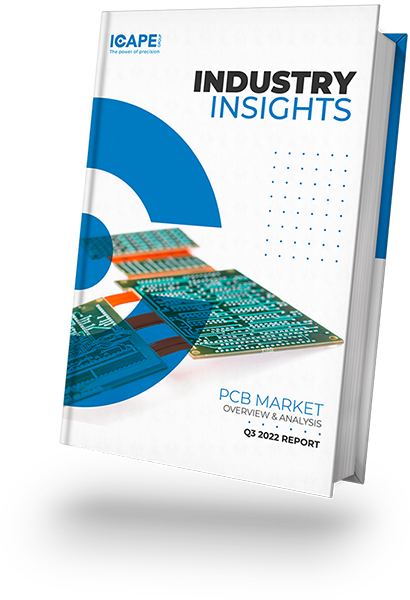Complex Multilayer PCBs:
The Star of High-Performance Designs
With the increasing complexity of modern electronics, these multilayer PCBs have become more widespread than ever before, while manufacturing techniques have enabled them to size down significantly.
Product Benefits
Multilayer PCBs are costlier than single side or double side units, so why are they used so widely?
Although the unique cost is higher, the overall final cost is not. Indeed, if we consider the essential elements such as the electronic functionality, the larger component area available, and the lighter weight, the multilayer printed circuits provide a complete solution.
All these improvements and benefits allow us to predict that Multilayers PCBs will continue to be the best choice

Higher Density
Single-layer PCB are limited by the surface area. Multi layering allows greater density and thus great functionality, more component capacity, and faster signal speed on a smaller sized PCB.

Lighter Weight
Multi layering allows more connections by sqm. Complex electrical applications can be used with a lighter solution. Impactful for smaller electronics where weight is a concern.

Functionality and Design
More practical and smaller design. HDI boards, special base material and CMS technology allow better functionality.
What is Multilayer PCB?
Definition
PCBs can be single-sided (one copper layer), double-sided (two copper layers on both sides of one substrate layer), or multilayer (outer and inner layers of copper, alternating with layers of substrate).
Multilayer PCBs allow for much higher component density because circuits on the inner layers would otherwise take up surface space between components. However, Multilayer PCBs make the repair, analysis, and field modification of circuits much more difficult and usually impractical.
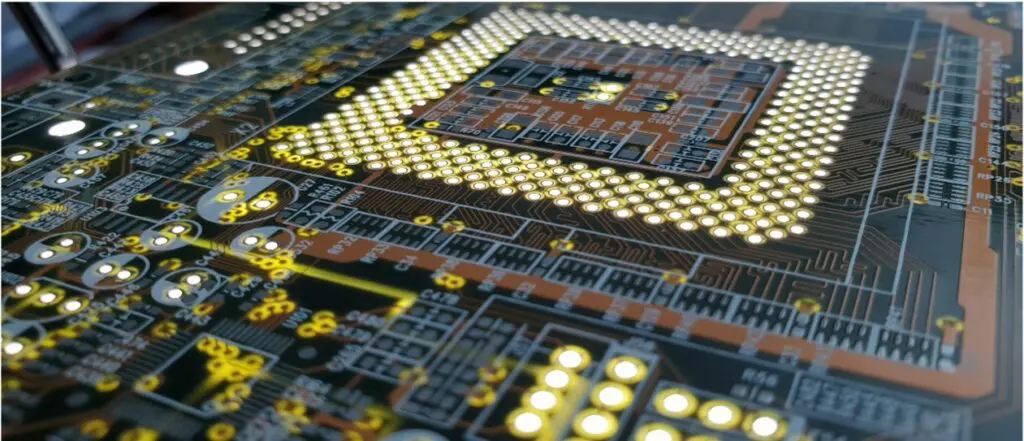
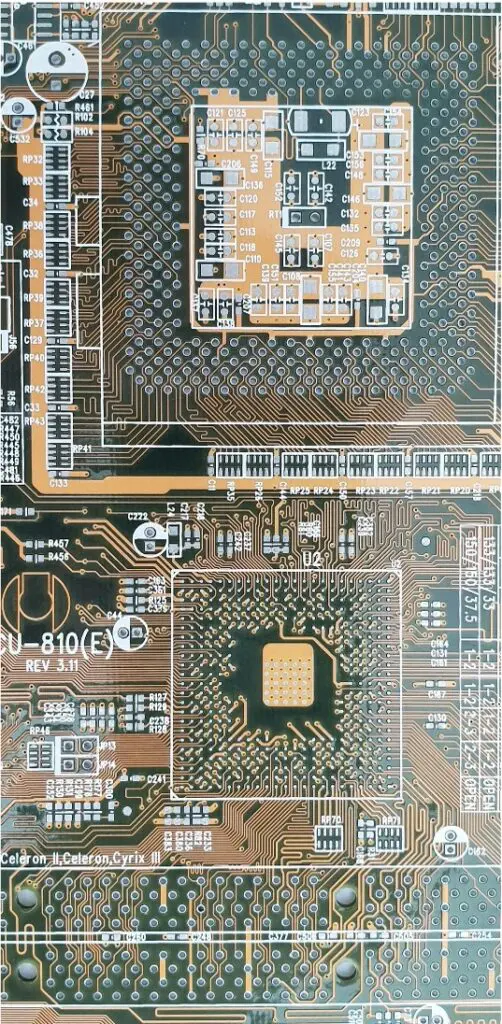
Specifications
Line and space: 0.075mm / 0.075mm. Advanced 0,06mm / 0,06mm.
Layer count: Up to 26 layers. Advanced 42 layers
PCB material: FR4 raw material with high TG, low CTE, halogen-free, Hi-Speed and low loss specifications
Surface finish: OSP, HASL-LF ENIG.
Do you need Multilayer PCBs?
The Multilayer PCB is mainly used in professional electronic equipment, such as computers and military equipment. The Multilayer PCB is also very useful in high-speed circuits.
The Multilayer PCB can provide more space for the conductor pattern and power on the inner layers. The technology can be a solution for shielding trouble, impedance, and high-speed signal application.
Technical Data
Multi Layers
| ML Feature | ICAPE Group ML technical specification |
|---|---|
| Layer count | Up to 26 layers. Advanced 42 layers, |
| Technology highlights | Buried, blind, plugged vias and Back-drill. Mixte raw material stack-up. Copper inlay. Press-fit holes +/-0,05mm. |
| Materials | FR4 raw material with high TG, low CTE, halogen-free, Hi-Speed and low loss specifications |
| Base Copper Thickness | From 1/3 Oz base to 6 Oz finished thickness. Advanced 20Oz. |
| Minimum track & spacing | 0.075mm / 0.075mm. Advanced 0,06mm / 0,06mm. |
| Surface finishes available | OSP, HASL-LF ENIG, ENEPIG, Soft-Gold, Gold fingers, Immersion Tin, Immersion Silver. Advanced DIG, HASL. |
| Minimum mechanical drill | 0.15mm. Advanced 0,1mm |
| PCB thickness | 0.40mm – 8.0mm |
| Maxmimum dimensions | 525x680mm. Advanced: 575x985mm. |
Learn more about Multilayer PCB
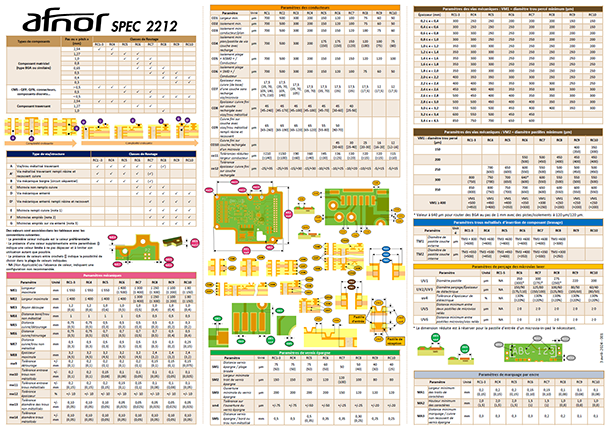
AFNOR PCB Design Guide
AFNOR SPEC 2212 is a benchmark specification developed to address the growing need for robust, sustainable, and forward-thinking solutions in PCB design

Industries
Discover how Multilayer PCB impacts several different industries and multiple fields.
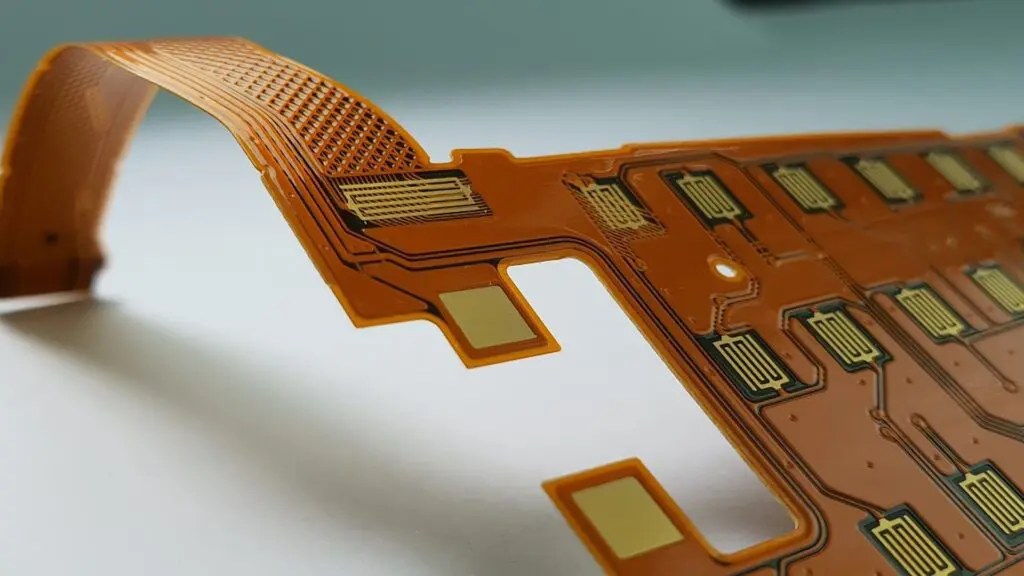
Technologies
Learn about the different technologies in the PCB industry and find which one suits your needs best.
Any questions?
There is an ICAPE Group team close to you and your business. All around the world, our business units are staffed with native experts available to answer all your questions.
Contact us today!

